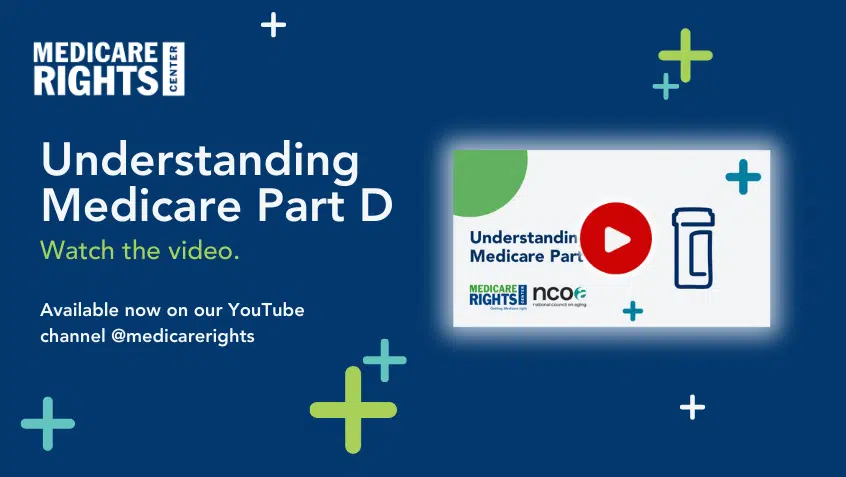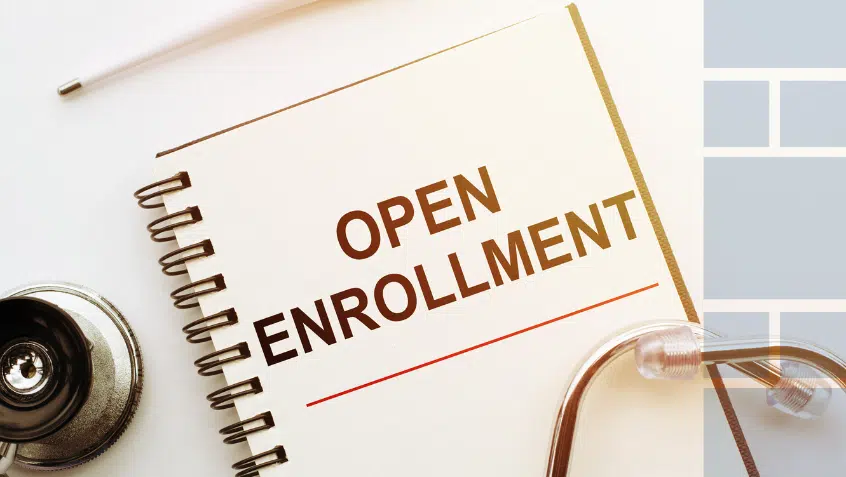Join Us Live for a Discussion on Medicare, Democracy, and the Future of Health Care
New Report Shows Medicare Beneficiaries Face High Costs and Gaps in Coverage

The Kaiser Family Foundation (KFF) has released a timely exploration of the costs facing people with Medicare for dental, hearing, and vision services and what coverage options they may have. Troublingly, their options are limited and their costs are high—beneficiaries in both traditional Medicare and in Medicare Advantage (MA) have significant out-of-pocket costs and can face barriers to getting the care they need.
While Medicare provides vital coverage for older adults and people with disabilities, there are major gaps in coverage that can have serious repercussions for beneficiaries. For the most part, traditional Medicare does not cover dental, hearing, or vision services. While MA plans may include some limited coverage for these services, it commonly comes with annual coverage limits or frequency restrictions.
Medicare beneficiaries urgently need affordable access to these services. As KFF notes, in recent years, only 8% of beneficiaries used hearing services, but close to half reported difficulty hearing. Similarly, 35% report using vision services and more than one third reported difficulty seeing. Dental services were the most widely accessed, with 53% of beneficiaries reporting using dental services in the past year. Those who received these services paid dearly for them—average beneficiary spending was $914 for hearing care, $874 for dental care, and $230 for vision care.
Notably, high out-of-pocket (OOP) costs were seen across the Medicare program. For dental, the overall average OOP costs were $992 for people in traditional Medicare and $766 for those in MA. For hearing, the numbers are similar: $985 for people in traditional Medicare and $762 for those in MA. Vision OOP costs are lower, with an average of $242 for those with traditional Medicare and $194 for those in MA.
These OOP costs can prevent beneficiaries from obtaining needed care. In 2019, 9.5 million beneficiaries—including 16% of traditional Medicare beneficiaries and 17% of MA enrollees—reported there was a time in the last year they could not get dental, hearing, or vision care, and 70% cited cost as the reason why.
Many of these beneficiaries are already underserved or in poorer health. The report notes that “Medicare beneficiaries more likely to report difficulty getting dental, hearing, or vision care include beneficiaries under age 65 with long-term disabilities (35%); with low incomes (e.g., 31% for those with income under $10,000); in fair or poor health (30%); enrolled in both Medicare and Medicaid (35%); Black and Hispanic beneficiaries (25% and 22%, respectively); and residing in rural areas (20%).”
As Congress debates whether and how to expand Medicare Part B coverage to include dental, hearing, and vision services, they must keep in mind how limited beneficiary access to care is currently and how many people with Medicare are going without needed services because of cost. We urge Congress to extend coverage to these vital services to ensure people with Medicare get the care they need, when and where they need it.
Read more about the repercussions of Medicare’s dental exclusion.
Show Comments
We welcome thoughtful, respectful discussion on our website. To maintain a safe and constructive environment, comments that include profanity or violent, threatening language will be hidden. We may ban commentors who repeatedly cross these guidelines.
Help Us Protect & Strengthen Medicare
Donate today and make a lasting impact
More than 67 million people rely on Medicare—but many still face barriers to the care they need. With your support, we provide free, unbiased help to people navigating Medicare and work across the country with federal and state advocates to protect Medicare’s future and address the needs of those it serves.
The Latest
Most Read
Affordable Health Care in Jeopardy for Millions
Medicare Advantage Enrollees Have Until March 31 to Make Certain Coverage Changes
Analysis Flags Potential Medicare Advantage Access Issues for Mental Health Care
Rural Health Fund Awards Cannot Compensate for Enormous Medicaid Cuts that Threaten Home Care
Add Medicare to Your Inbox
Sign up to receive Medicare news, policy developments, and other useful updates from the Medicare Rights.
View this profile on InstagramMedicare Rights Center (@medicarerights) • Instagram photos and videos









